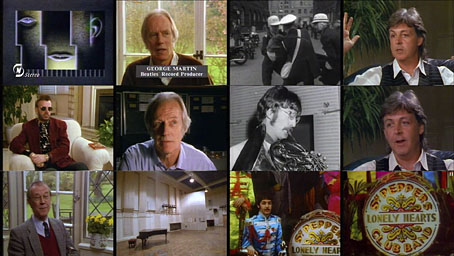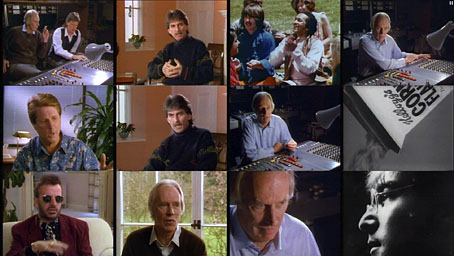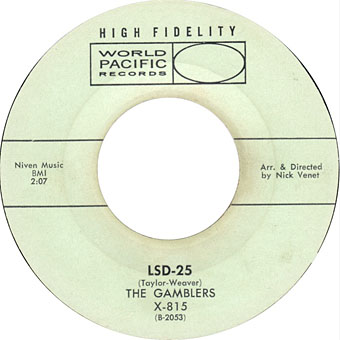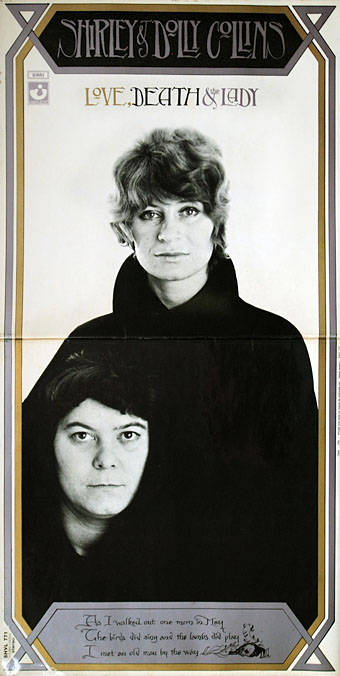
In the mid-1970s Dieter Brusberg and Siegfried E. Loch packaged a series of albums for the German division of Atlantic Records under the title The Art and Music Collection, a reissue scheme which paired each album with a print by a contemporary artist. This is an odd collection which I imagine was aimed at people like the father of one of my friends at school, the first person I met who owned a proper hi-fi system rather than a cheap stereogram. He liked to listen to progressive rock and jazz, and had a shelf of jazz records packaged in boxed editions that looked like they were ordered from an ad in a Sunday magazine.

New Orleans Blues by Wilbur De Paris & Jimmy Witherspoon. Art by Horst Antes.

The Art and Music Collection had lower production values than the boxed records but each album was housed in a heavy gatefold sleeve, some of which came with ribbons attached to the front and back covers. Inside the gatefold there was a picture of the piece of art chosen to complement the release, together with a note about the artist and a paragraph of text which I’m guessing attempted to draw a parallel between the picture and the music. With the exception of a lone Briton, Joe Tilson, all the artists were German or Austrian. The series managed eight numbered releases—collect the set!—with albums that might have been chosen at random from the Atlantic back catalogue, a curious mix of jazz, rock and blues. Each artist shares billing with the musicians (the artist names are also on the disc labels), which makes me wonder if the series troubled any musical egos. After album no. 6 someone at the record company must have realised they were giving the wrong impression by listing the artists first so they revised the name of the series to The Music and Art Collection. The artworks seem as randomly chosen as the music, unless the sleeve notes have convincing explanations for their selection. The paintings of Rudolf Hausner—an artist I’d never think to connect with The Doors—became a lot more visible a couple of years later when OMNI magazine used his art for a cover and a number of interior illustrations.

Hot Rats by Frank Zappa. Art by Bengt Böckman.






